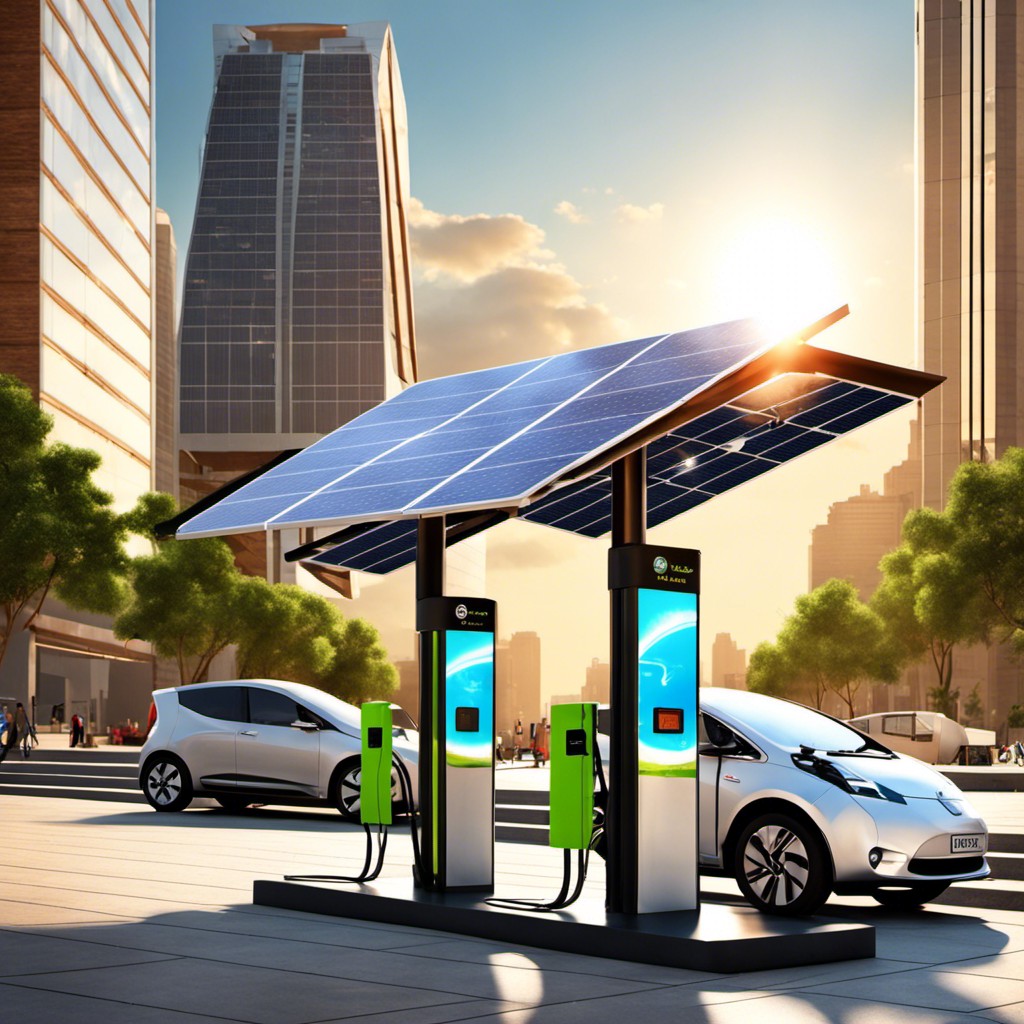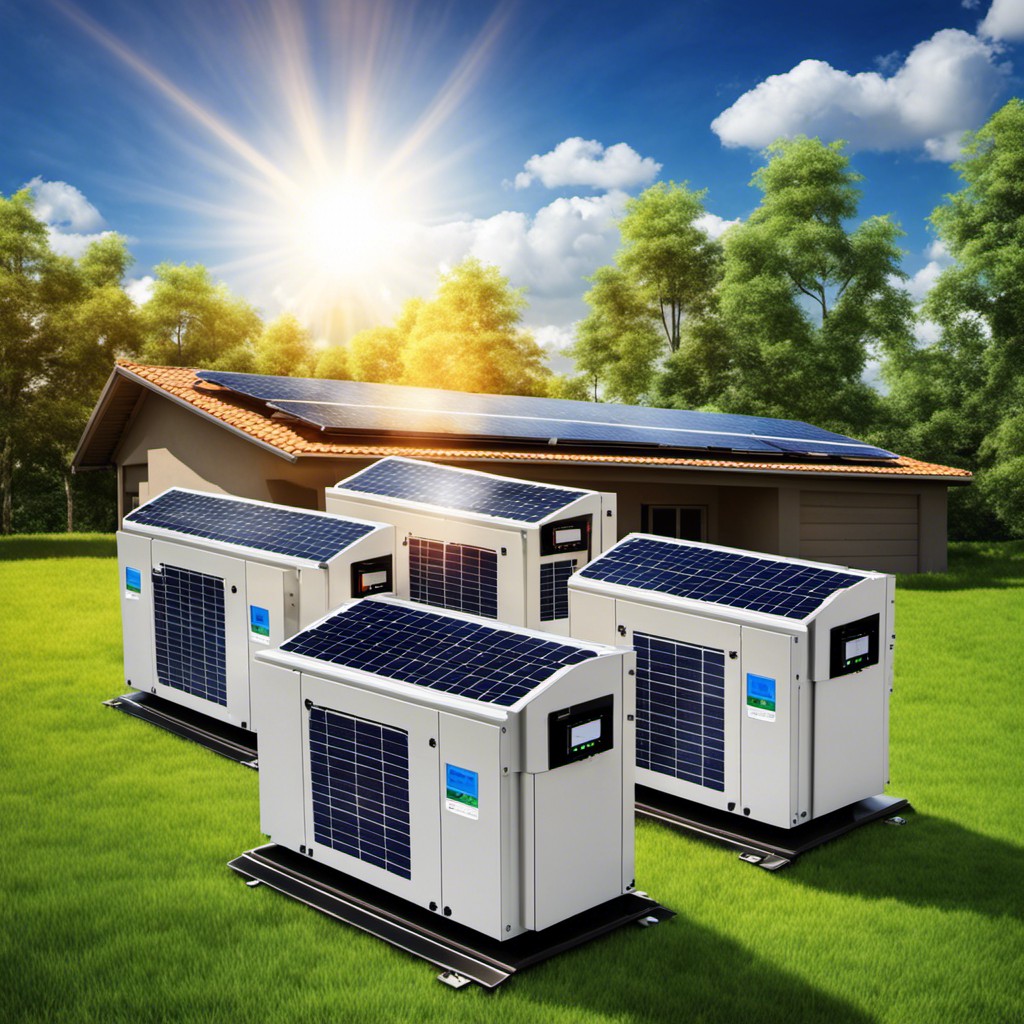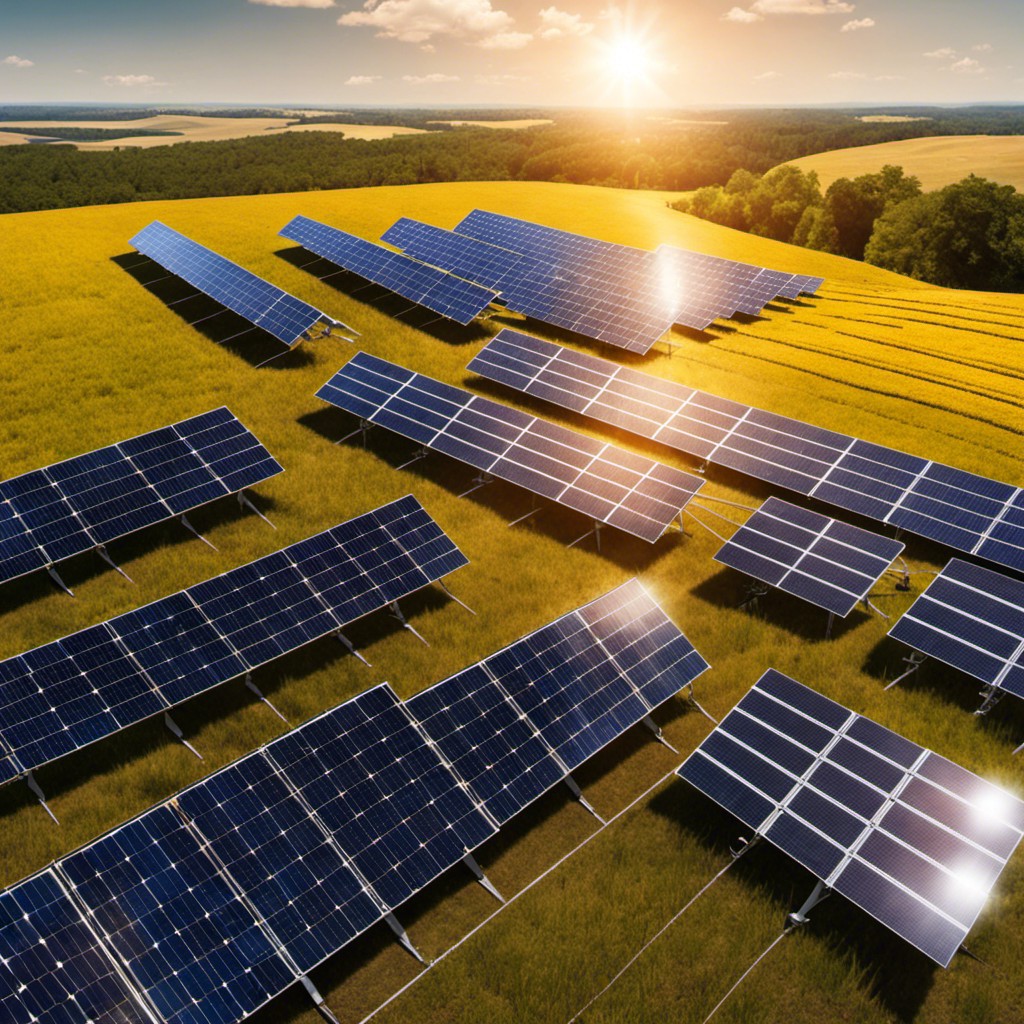Dive into the dynamic world of solar energy storage as we explore its market trends, driving factors, and potential growth opportunities in an environmentally conscious era.
Diving into the solar energy storage market, one cannot help but notice its dynamic growth. With the global market value projected to reach $57.3 billion by 2027, up from $8.5 billion in 2019, it’s clear that this sector is experiencing a significant surge.

This growth is driven by the increasing demand for renewable energy sources, government incentives for solar power usage, and advancements in battery storage technology.
In this analysis, we’ll delve deeper into the key statistics, trends, and factors shaping the future of the solar energy storage market. From regional market shares to the leading industry players, we’ve got all the details that paint the complete picture of this rapidly evolving industry.
Pumped hydroelectric comprises 94% of all US energy storage today
The dominance of pumped hydroelectric storage in the US energy landscape cannot be overstated. Currently making up a staggering 94% of all energy storage, it serves as the backbone for power grid stability.
This system works by utilizing two water reservoirs at different elevations. During periods of low electricity demand, excess generation capacity is used to pump water into the higher reservoir. When demand increases, water is released back into the lower reservoir through turbines, generating electricity.
Despite its age, the system’s operational efficiency, long lifetime, and large-scale energy storage capacity keep it in the leading position. Nonetheless, the high environmental impact and geographical limitations present challenges for future growth.
As renewable energy use grows, alternative storage technologies are set to play a pivotal role in the US energy landscape.
The total nameplate power capacity of the operational utility-scale BESSs in the US was 8,842 MW in 2022
In the United States, the size of operational battery energy storage systems (BESS), often gauged in nameplate power capacity, reached a substantial figure of 8,842 megawatts (MW) in 2022.
Amplifying the grid’s resilience and reliability, these utility-scale BESS solutions play a pivotal role in meeting dynamic energy demand, stabilizing power frequencies, and storing surplus power from renewables for consumption during slack production periods.
The bolstering numbers of 2022 demonstrate a significant trend in the country’s transition to sustainable energy practices.
The US has over 580 operational battery-related energy storage projects using lead acid and other things
Across the United States, projects centered around battery-related energy storage have significantly increased, with a current tally exceeding 580 operational ventures. A substantial portion of these initiatives use lead acid, a traditional component extensively known for its reliability, safety, and comparatively low cost.
Moreover, other ingredients or technologies, less prevalent but equally promising, have also been a part of said projects, which include Lithium-Ion, Sodium-Sulfur, and advanced lead-carbon models. The growing diversification in storage technologies not only showcases technical innovation but is also a strong testament to the growing maturation of the energy storage market.
This surge in projects indicates increased investment and commitment to harnessing solar energy more efficiently, promising a greater scope for sustainable, renewable resources in the long run. Thus, a comprehensive portfolio of energy storage options allows for a more versatile approach to managing electricity generation in alignment with the cyclical nature of solar energy. It plays an essential role in fostering better demand-supply balance, especially during peaks.
Overall, the blossoming of such an extensive variety of projects cements the pivotal role of battery-related technologies in refining and bolstering the renewable energy landscape.
207 BESS plants we relocated with renewable-energy generators in the last year
In a significant development over the preceding year, a total of 207 utility-scale Battery Energy Storage Systems (BESS) plants underwent relocation, connecting them with renewable energy generators. This move underlines an increasing trend towards optimizing methods of capturing and storing energy from clean sources.
The relocation of these BESS plants spans across multiple regions, effectively boosting renewable energy capacity nationwide. This step also reflects the emphasis on strategically positioning storage systems to maximize the use of prevalent renewable energy forms in respective locales.
The practical implications are far-reaching, leading to better exploitation of sustainable energy generation while addressing intermittency issues associated with renewables. This results in a more resilient power grid and a marked reduction in dependence on fossil fuels.
The majority of the US utility-scale BESS use lithium-ion batteries
Lithium-ion batteries, distinguished for their high energy density and long cycle life, have increasingly become the dominant technology within the United States utility-scale Battery Energy Storage Systems (BESS). They offer the ability to rapidly respond to fluctuations in energy demand, thus enhancing grid reliability.
Notably, these batteries facilitate energy distribution during peak demand periods, reducing the need for additional power plants. Expressing their preference for lithium-ion technology, operators have effectively utilized the improving cost-efficiencies hence influencing market trends towards large-scale lithium-ion battery storage.
PHS plants have long lifetimes, about 50-60 years, and operational efficiencies between 70-85%
With a relatively considerable lifespan falling between half to a full century, PHS plants manifest a robust and enduring solution in the energy storage sector. Their durability ensures long-term performance, bolstering their reliability as a part of the solar energy storage system.
Of equal importance is their operational efficiency, typically ranging from 70% to 85%. In essence, this substantial figure translates to a greater proportion of the stored energy being useful, emphasizing the practicality and effectiveness of PHS plants. In comparison to other energy storage systems, these plants exhibit superior energy conservation, thus contributing significantly to overall solar storage proficiency.
Indicatively, the appeal of PHS plants lies in this distinctive combination of longevity and efficiency, making them a cornerstone in the edifice of the solar storage market. This fusion of attributes highlights their considerable role within the renewable energy storage landscape.
As of recently, there are less than 5 CAES plants operating in the US
In the United States, fewer than five operations are currently harnessing Compressed Air Energy Storage (CAES) technology. Overall, this represents a nominal fraction of the expansive energy storage market. Distributed across few states, the existing CAES plants show a considerable absence in widespread use. This could be influenced by several factors like higher development costs or stringent regulatory policies.
Despite the small number, these operational plants serve as test-beds for examining the CAES technology’s potential and its role in a sustainable, renewable-energy future.
In 2021, flywheels account for 0.10 GW of rated power in the US with efficiencies between 85-87%
Flywheel energy storage systems, though less commonly employed than other variants, have marked a notable presence in the energy storage market. In 2021, these systems accounted for a substantial 0.10 GW of rated power across the United States.
With operational efficiencies that range between 85-87%, they represent a reliable, robust option, demonstrating the diversity of the technology landscape within the sector.
Derived from kinetic energy, these storage systems further emphasize the growing potential and applicability of diverse renewable sources in the transition to sustainable energy solutions.
Energy storage stores excess energy four times more when renewable energy sources are available
The significant increase in energy storage capacity results from the availability of renewable energy sources. This effect is essentially a four-fold surge in the storage of surplus energy, which ensures a steady supply even during periods of low generation.
The stored energy acts as a buffer, ironing out the peaks and troughs of renewable energy production, thus minimizing waste and optimizing utility.
This increase in storage capability underscores the symbiotic relationship between renewable energy and storage technology, underpinning the sustainability and cost-effectiveness of the renewable energy industry.
DOE spent $185 million to fund large-scale energy storage projects
In a monumental move to encourage the transition to clean energy, the Department of Energy (DOE) recently funneled substantial monetary resources into the expansion of energy storage projects. A whopping $185 million has been allocated for the development of large-scale initiatives.
This funding aims to bolster research, increase capacity, and accelerate the integration of advanced energy storage solutions into the existing power grid, notably fostering the deployment of solar energy.
In light of this considerable investment, the near future promises considerable progress in enhancing the efficiency and widespread adaptation of solar power, thereby taking strides toward a more sustainable energy future.
References:
- https://chariotenergy.com/
- https://www.eia.gov/
- https://css.umich.edu/




